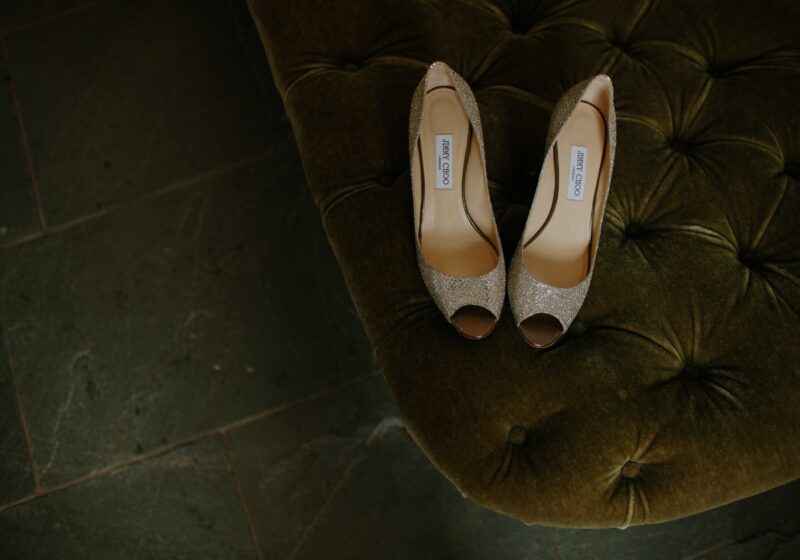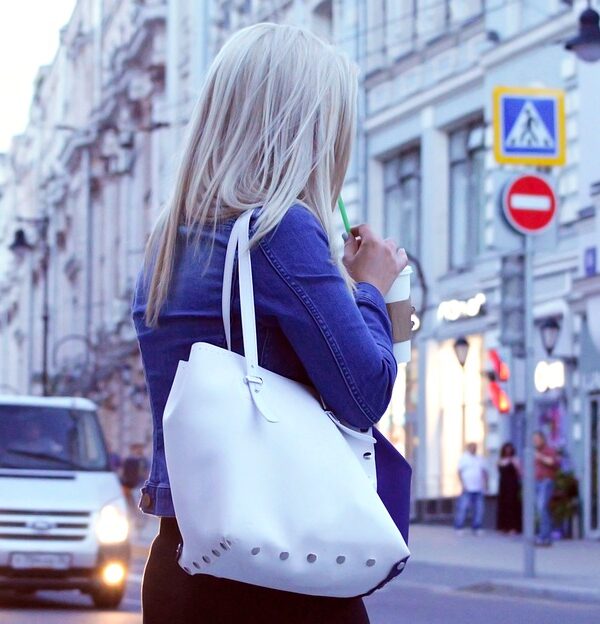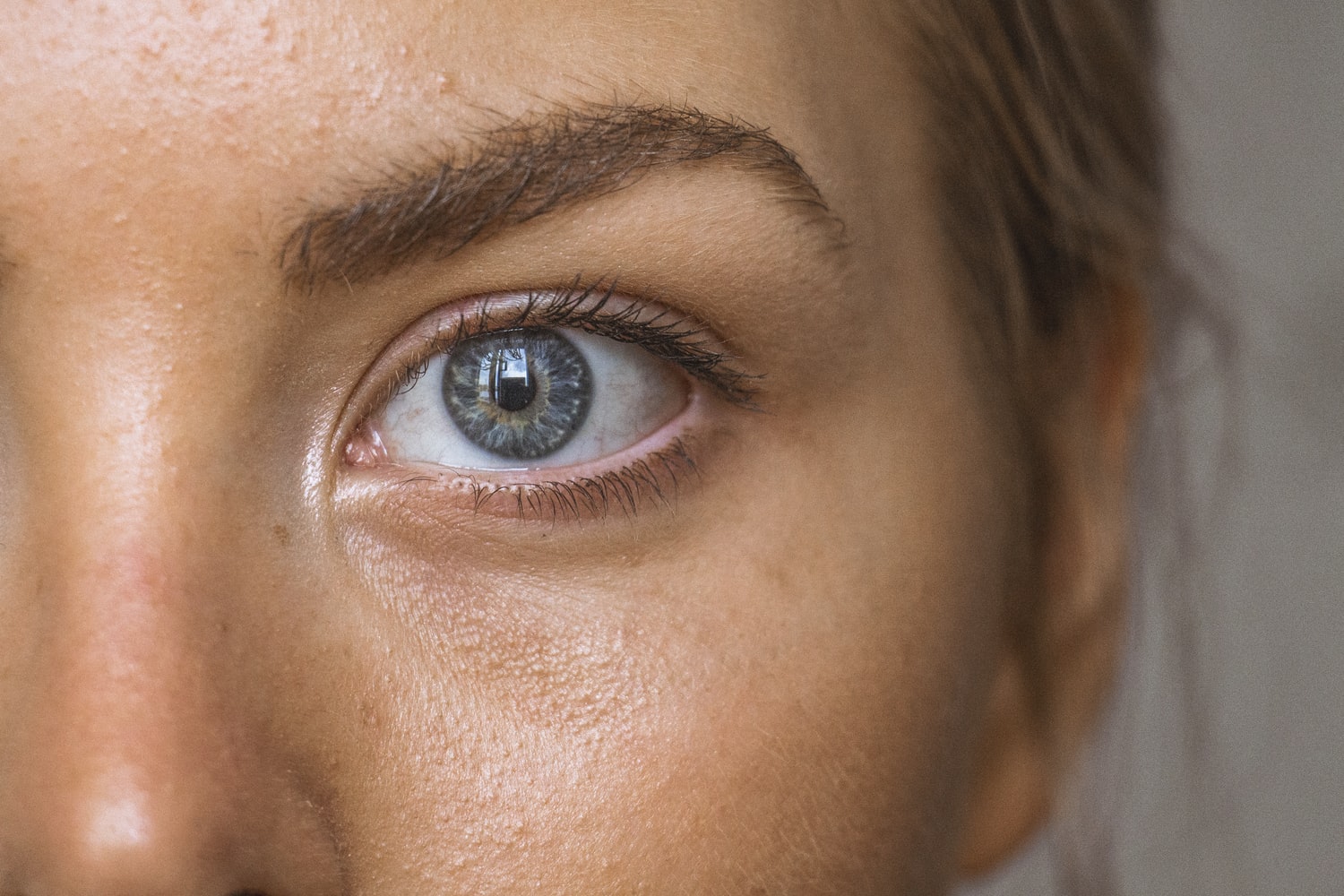Investing in a designer wardrobe isn’t something most of us have typically become accustomed to, unless you happen to have been financially blessed in your youth. If you have saved or been in the situation where you want to step-up your collection and begin to buy more expensive investment pieces, then there are some things that are worth knowing before you take the plunge.
Naturally, when you spend more you expect a higher quality, which in turn comes with increased care that needs to be taken. You want to get the best value for your cash, so deciding on where to shop, what size to select and how to care for your shoes can be difficult to figure out. To ensure you get the most wear for your cash and make a worthy investment, read on to see our top tips for buying your first pair of designer shoes.
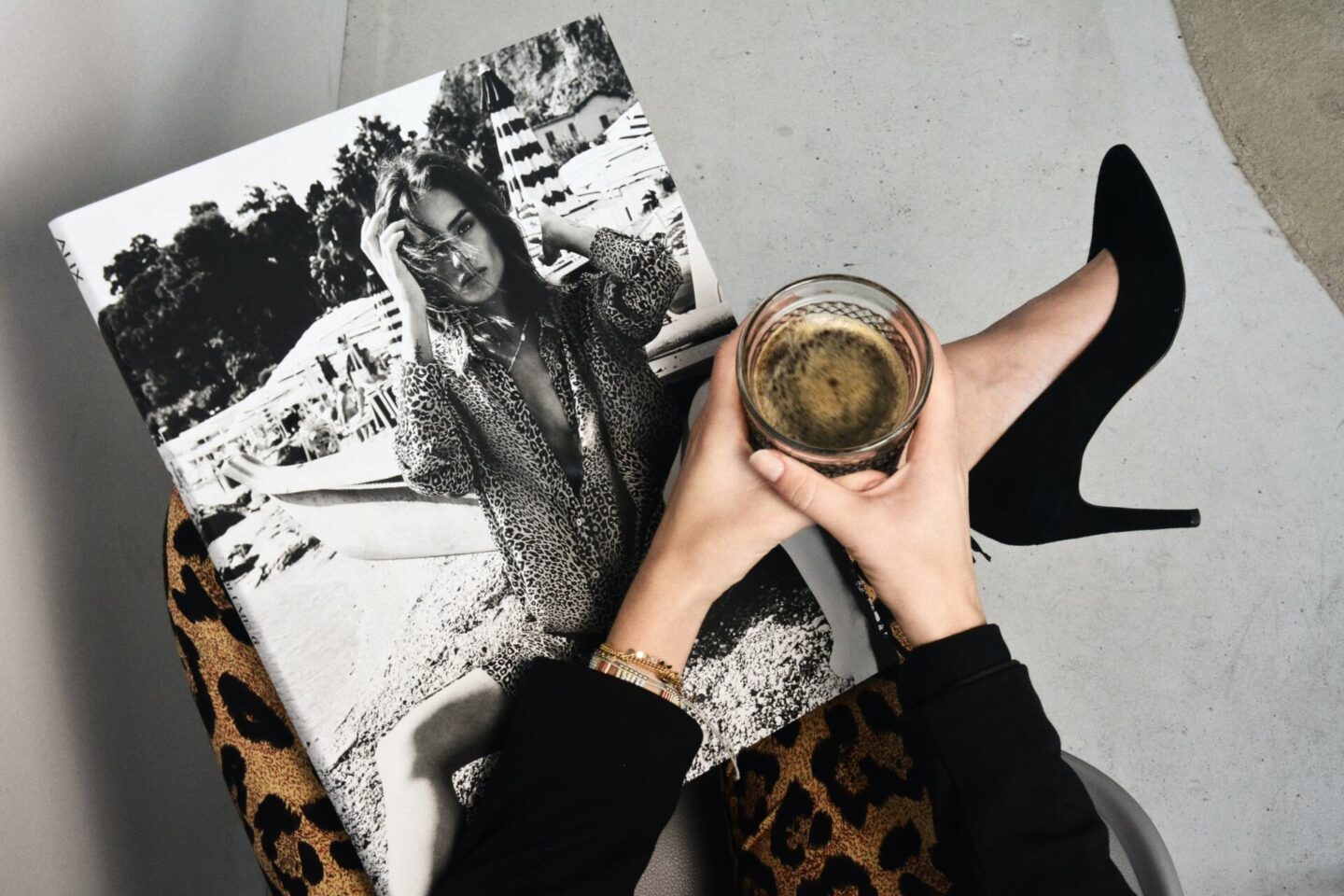
Where to Look
Brand Stores & Partner Retailers
Of course, the brand’s own stores or websites can be a good place to begin, but it will depend on what you are searching for. Brand sites focus heavily on new season stock and don’t have an extensive range of items to browse, versus wider retailers. You will undoubtedly pay top dollar to buy directly from the source, but many luxury brands are strict on sales and discounts across retail partners so it may not make a huge difference. Buying directly from the brand also adds to your luxury shopping experience and guarantees authenticity if you are nervous of third-party sellers. High-end stockists a la Selfridges and Harvey Nichols can always be trusted though as authentic sellers. Most designer brands list their approved stockists on their websites, so you can always check if they are authenticated.
Designer Outlets
As recent years have seen a shift toward consumers mixing high-street with high-end purchases, designer outlets have experienced a boom in sales and awareness. Store outlets can be much harder to find in the UK, but online offers more options to shop for your location. Here’s some of the main places to look for discounted designer goods:
How to Store
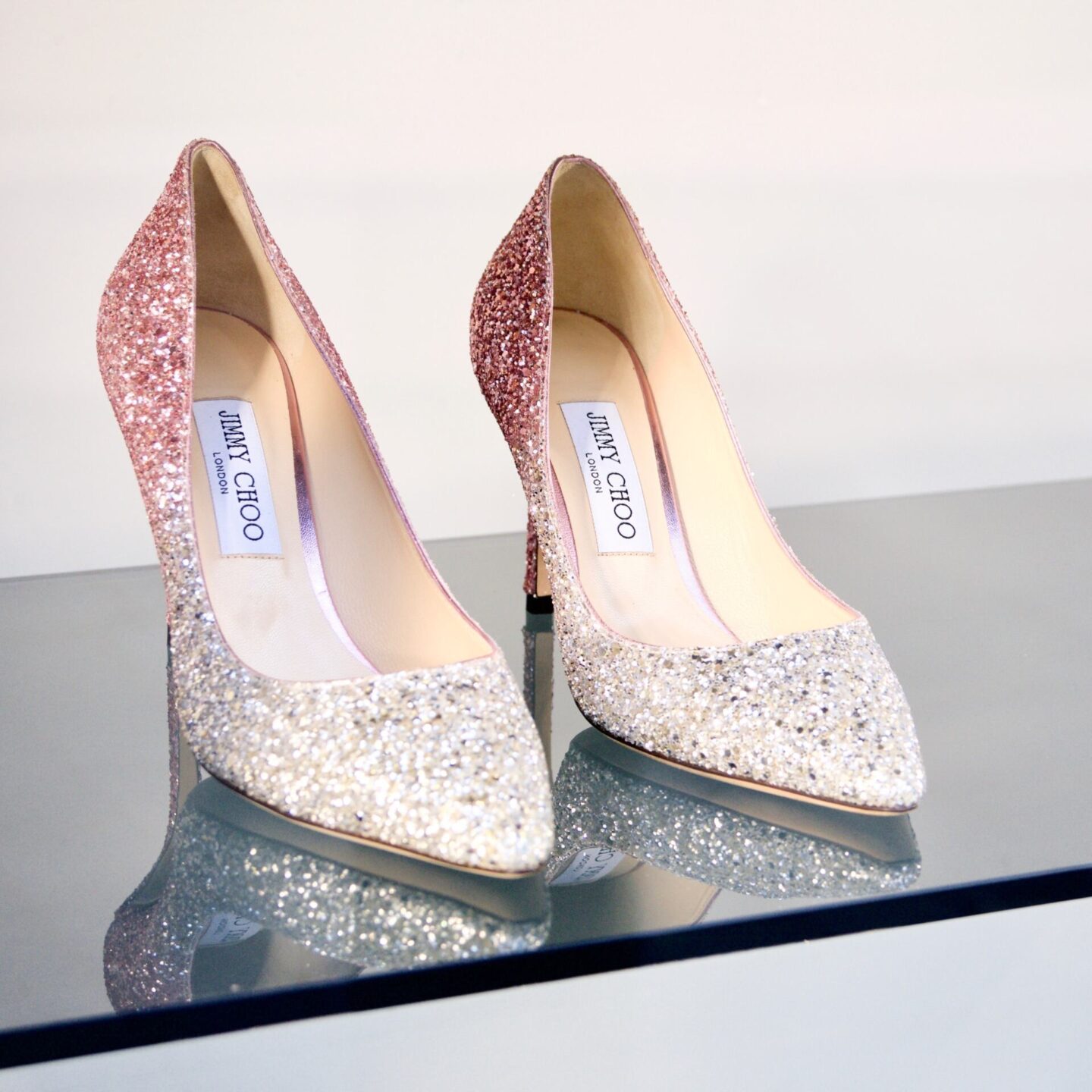
If you have bought from a reputable retailer, you can expect a proper storage box and dust bag for your footwear to arrive in. To maintain your shoes in best condition you should store them in the dustbag(s) and inside the box whenever not in use. Be sure to remove any excess dirt or grime so the bag stays relatively clean. Also keep boxes clear of other items that may squish or misshape your footwear.
If your shoes came with tissue stuffed inside, it’s worth keeping this so they can be re-stuffed when stored. This will insure the shoes maintain their original shape and fabric doesn’t sag or lose shape. Stuffing them can also help reduce any creases from general wear and keep them looking fresh for longer.
Both stuffing and storing are practical if you are wearing your designer purchases on the regular, but if you only wear your shoes occasionally you should consider letting your shoes breathe a little. Once in a while remove your shoes from the box and let them get air, as apparently this can ensure the glue doesn’t dry out and cause potential damage. Always make sure to keep your shoes in dark environments, out of the way of sunlight to avoid colour damage or bleaching.
How to Care for Your Shoes

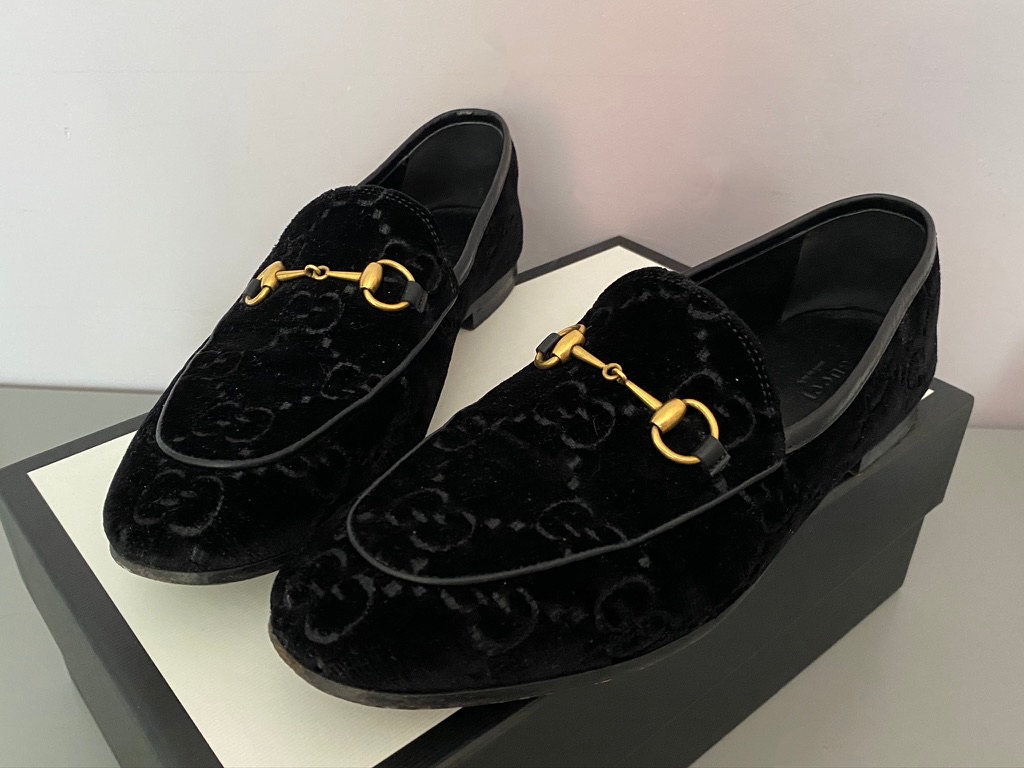
The main area that will begin to wear first on any shoes is the sole and designer styles are no exception. It’s common for luxury footwear to be made with leather soles, which will peel off at first opportunity on any hard surface. Some connoisseurs recommend not wearing leather-soled shoes in bad weather or on uneven and gravelly surfaces, but if you want to get optimum wear for your spend you should consider resoling your shoes.
When choosing a cobbler, experience is everything, so you will want an established one who is highly familiar with handling luxury footwear. It will cost a little more to find a cobbler who has the knowledge for this, but it’s worth every penny to ensure your shoes aren’t damaged by a bad job. Do thorough research and look for online reviews before making the leap. Most luxury shoe-owners replace a leather sole with rubber, which can give you a lot more durability over the years and take aware the fear of damaging a leather sole. With the typically dull British weather, it’s worth considering getting rubber soles to combat unexpected downpours, rubber will also have more grip so avoid slipping on smoother flooring.
You may also want to consider some protective sprays, to reduce the risk of rain damage on more fragile materials, like velvet or suede. Always read reviews and look-up the ingredients in these sprays to remove any risk of damage caused by the sprays themselves. Specialist brushes are always available for fabrics like suede or nubuck, as are conditioning creams for leather. These must, again, be checked against the ingredients and recommendations from the brand to ensure you don’t void your warranty or accidentally affect the shoe materials during treatment.
Tips and Advice
Know Your Materials
Good quality leather will stretch over time, so it is wise to not size-up and in some cases even size down. Retailers recommend, for brands like Gucci, getting shoes slightly below your usual size as they will stretch over time with wear. Some fabrics will wear easier than others and fabrics like velvet and patent leather can be easily scuffed, so you may want a more matte material if you are worried about excessive use.
Consider Insurance for High Value Items
For higher price-tags it might be a good idea to look into insurance if you have concerns for loss or breakage. Of course, the cost of the insurance itself will need to be weighed up against the item value, so do your homework before committing to this. We’d recommend only considering this for extremely high value items that you couldn’t afford to lose or replace.
Check Your Translated Size
The size and fit will heavily depend on the country the brand hails from, as there can be large discrepancies in sizing between European, Asian or American brands. Do proper research on size conversions and make sure you look at reviews to see whether users typically take their own size in a brand. If shopping in store make the most of your store assistants knowledge, as assistants will be specially trained and hold a wealth of advice they can offer you on fit and sizing.
Read Up On Warranties
Take a good look at your manufacturer’s warranty rules when you purchase before making any drastic alterations. If any issues arise that fall under warranty stipulations you want to be sure you are covered, as some may not take returns if you have caused damage through care or resoled your shoes. This information should be made available through your seller, if an authorised retailer of high-end brands, so keep any paperwork or receipts. General warranty usually covers design faults or defects and doesn’t cover wear and tear, but check each brand’s rules before you buy. Brands usually have an allocated time limit on when you can return products which have faults or defects that are their fault.
Find a Reputable Restorer
You can take as much care as possible, but unfortunately accidents can still happen and damage can occur. Luckily, there are plenty of businesses offering professional restoration of designer goods. Many luxury bloggers have trialled sites like the Shoe Spa before, who are specialists in fixing scuffs and repairing broken heels.

